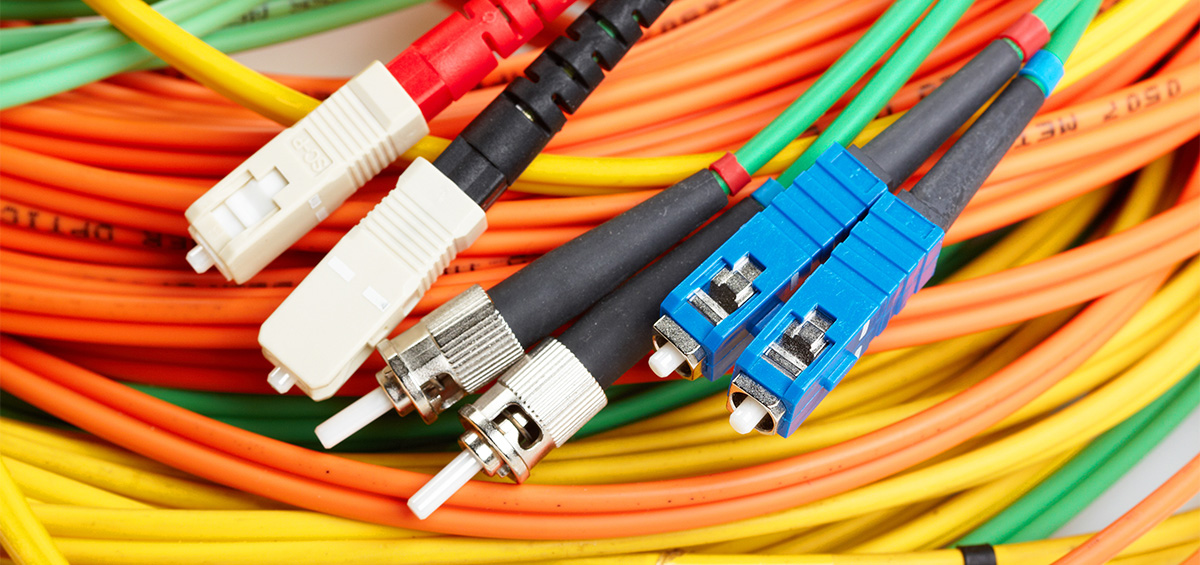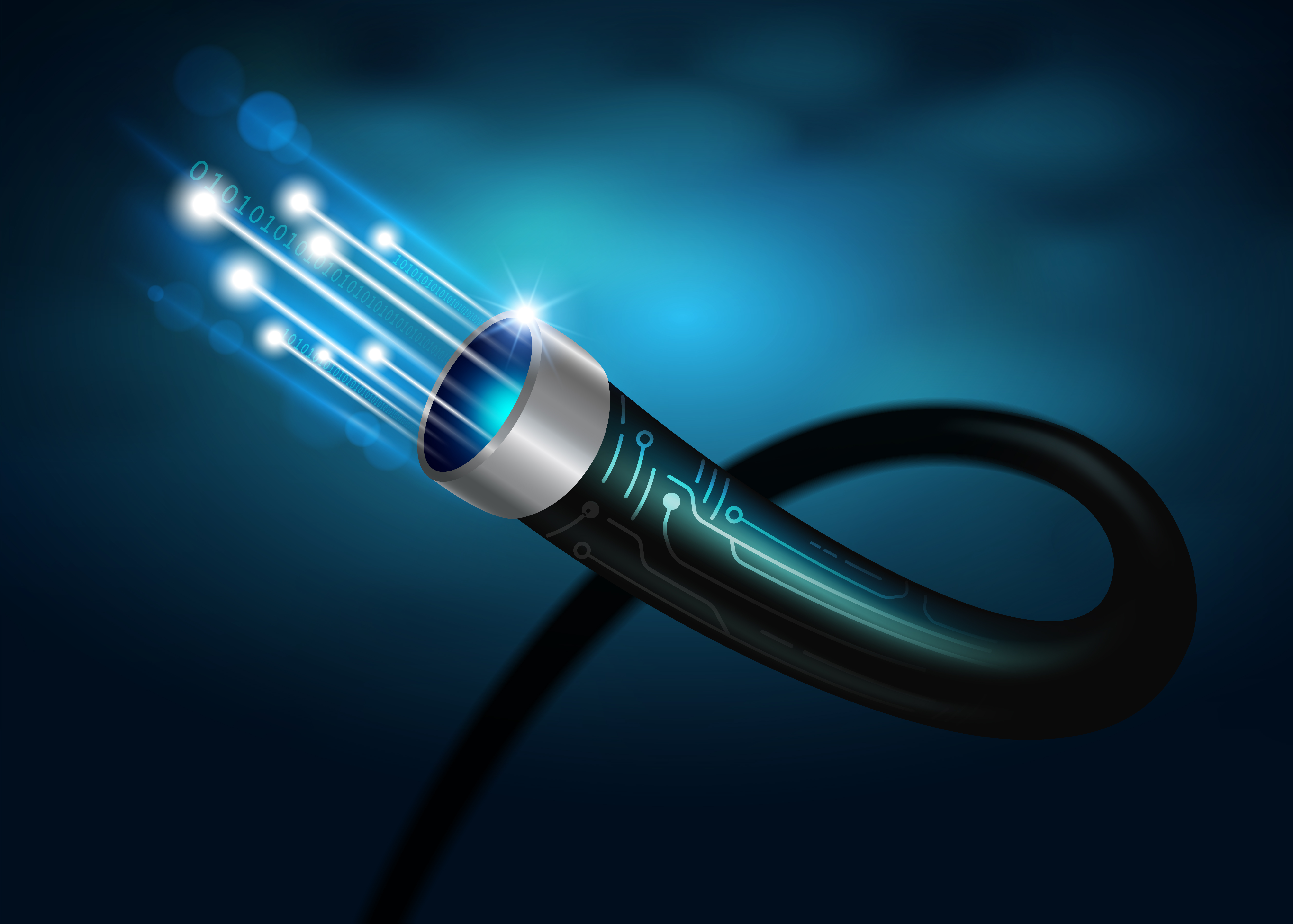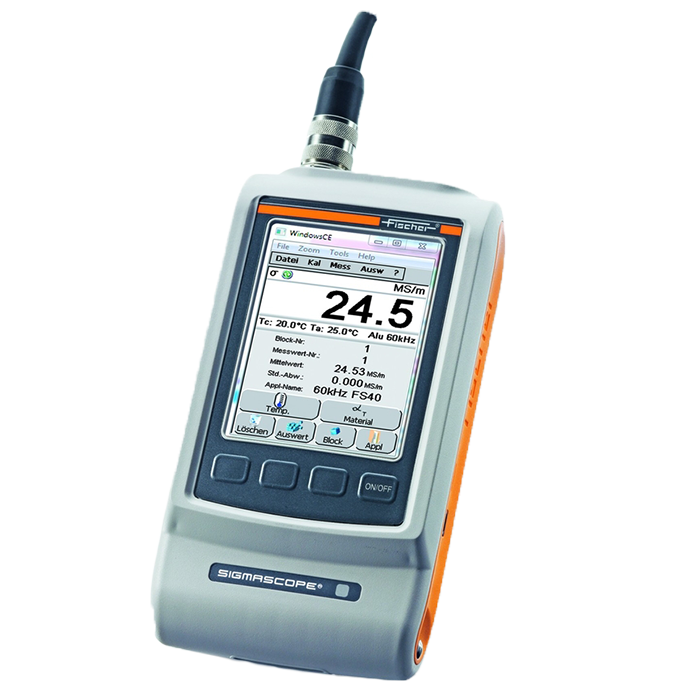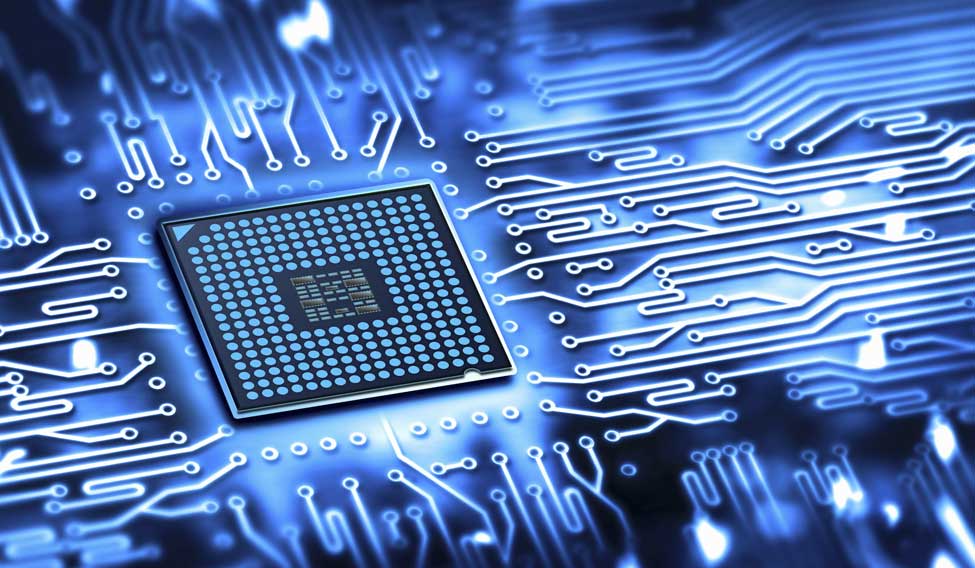Technology Cables: Connecting the Digital World
Technology cables set the stage for the seamless flow of information and power in our interconnected world. From the intricate circuits of our smartphones to the vast networks that power […]

Technology cables set the stage for the seamless flow of information and power in our interconnected world. From the intricate circuits of our smartphones to the vast networks that power the internet, these unsung heroes play a crucial role in enabling our digital lives.
This exploration delves into the fascinating world of technology cables, unraveling the intricacies of their construction, functionality, and applications. We’ll examine the diverse types of cables, their unique connectors and interfaces, and the critical role they play in various industries and sectors.
Types of Technology Cables
Technology cables are essential components of modern communication and data transfer systems, connecting devices and networks to enable seamless information flow. They come in various types, each designed for specific applications and functionalities.
Understanding Different Cable Types
The type of technology cable you need depends on the application, the distance involved, and the speed required. Here’s a breakdown of common cable types:
- Coaxial Cable: Coaxial cables, often referred to as coax cables, are known for their ability to carry high-frequency signals with minimal interference. They consist of a central conductor surrounded by an insulator, a braided shield, and an outer jacket. Coaxial cables are commonly used for cable television (CATV), radio frequency (RF) applications, and some internet connections.
- Twisted Pair Cable: Twisted pair cables are made up of two insulated wires twisted together to reduce electromagnetic interference. They are commonly used for telephone lines, Ethernet networks, and some audio applications. Twisted pair cables are categorized into unshielded twisted pair (UTP) and shielded twisted pair (STP) based on the presence or absence of a shield.
- Fiber Optic Cable: Fiber optic cables transmit data as light pulses through thin strands of glass or plastic fibers. They offer several advantages over traditional copper cables, including higher bandwidth, longer distances, and immunity to electromagnetic interference. Fiber optic cables are widely used for high-speed internet connections, telecommunications, and data centers.
- USB Cable: USB cables are commonly used to connect peripherals like printers, keyboards, and external hard drives to computers. They are available in different types, including USB-A, USB-B, USB-C, and Micro-USB, each with varying data transfer speeds and power delivery capabilities.
- HDMI Cable: HDMI cables are used to connect high-definition devices, such as Blu-ray players, gaming consoles, and televisions, to display high-quality video and audio signals. They offer a digital interface that ensures a clear and lossless transmission of data.
Cable Type Characteristics, Technology cables
| Cable Type | Common Uses | Advantages | Disadvantages |
|---|---|---|---|
| Coaxial Cable | Cable television (CATV), radio frequency (RF) applications, some internet connections | High bandwidth, good signal quality, relatively inexpensive | Limited bandwidth compared to fiber optic cables, susceptible to interference |
| Twisted Pair Cable | Telephone lines, Ethernet networks, some audio applications | Low cost, easy to install, relatively flexible | Susceptible to interference, limited bandwidth, shorter distances compared to fiber optic cables |
| Fiber Optic Cable | High-speed internet connections, telecommunications, data centers | High bandwidth, long distances, immunity to electromagnetic interference, high data transfer rates | Higher installation costs, more complex installation process |
| USB Cable | Connecting peripherals to computers, charging devices | Versatile, widely compatible, relatively inexpensive | Limited bandwidth compared to other cables, can be prone to wear and tear |
| HDMI Cable | Connecting high-definition devices to displays | High-quality video and audio transmission, digital interface | Can be expensive, limited distance for transmission |
Cable Construction and Materials

Technology cables are not just simple wires; they are meticulously engineered structures that facilitate the flow of data and power. The materials used in their construction play a crucial role in determining their performance, durability, and suitability for specific applications.
Cable Construction
The construction of a technology cable involves several key components, each contributing to its overall functionality.
- Conductor: This is the core of the cable, responsible for carrying the electrical signals. Conductors are typically made of copper or aluminum, chosen for their excellent electrical conductivity.
- Insulator: Surrounding the conductor is the insulator, a non-conductive material that prevents the flow of electricity to the outer layers of the cable. Common insulator materials include polyethylene (PE), polyvinyl chloride (PVC), and fluorinated ethylene propylene (FEP), each offering different properties like flexibility, temperature resistance, and chemical resistance.
- Sheath: The sheath provides protection for the cable from environmental factors such as moisture, abrasion, and chemical exposure. It can be made from various materials, including PVC, polyethylene, or a combination of materials depending on the intended application.
- Jacket: This is the outermost layer of the cable, offering additional protection and identification. Jackets are often made from PVC, polyurethane, or other durable materials, with colors or markings to indicate the cable’s type or purpose.
Conductor Materials
The choice of conductor material significantly influences the cable’s electrical properties and performance.
- Copper: Widely used in technology cables, copper offers excellent conductivity, flexibility, and durability. Its high conductivity ensures minimal signal loss during transmission.
- Aluminum: While less conductive than copper, aluminum is a lighter and more cost-effective alternative. It is often used in high-voltage power cables where weight is a significant factor.
Insulator Materials
Insulators play a crucial role in preventing short circuits and ensuring the integrity of the electrical signal.
- Polyethylene (PE): A commonly used insulator, PE offers excellent flexibility, moisture resistance, and good electrical insulation properties. It is often used in low-voltage cables and coaxial cables.
- Polyvinyl Chloride (PVC): PVC is a durable and cost-effective insulator that provides good electrical insulation and resistance to chemicals. It is commonly used in power cables and general-purpose cables.
- Fluorinated Ethylene Propylene (FEP): FEP is a high-performance insulator known for its exceptional temperature resistance, chemical resistance, and excellent electrical properties. It is often used in cables for high-temperature applications and harsh environments.
Sheath and Jacket Materials
The sheath and jacket materials provide protection and identification for the cable.
- Polyvinyl Chloride (PVC): A widely used material for sheaths and jackets, PVC offers good abrasion resistance, moisture resistance, and chemical resistance. It is available in various colors and markings for easy identification.
- Polyethylene (PE): PE sheaths and jackets offer excellent flexibility and moisture resistance. They are commonly used in outdoor cables and cables exposed to moisture.
- Polyurethane: Polyurethane sheaths and jackets provide excellent abrasion resistance and flexibility. They are often used in cables that require high durability and flexibility, such as those in industrial applications.
Conclusion

As we navigate the ever-evolving landscape of technology, the importance of understanding technology cables cannot be overstated. Their ability to facilitate data transmission, power delivery, and connectivity is paramount to the smooth functioning of our digital world. From the smallest electronic devices to the largest data centers, technology cables remain an essential component, connecting us to the vast network of information and innovation that shapes our lives.
Technology cables are the unsung heroes of our digital world, silently connecting devices and facilitating the flow of information. While often overlooked, these cables play a crucial role in our daily lives, and their impact extends beyond simple connectivity.
For example, green pages technology is helping to reduce the environmental footprint of cable production by exploring eco-friendly materials and manufacturing processes. This focus on sustainability is a positive step towards a greener future for the technology cable industry.








